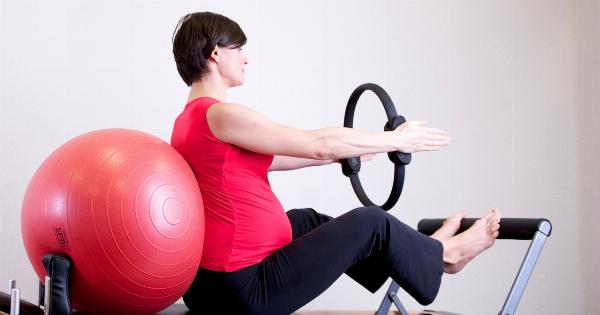Waist pain can be a common issue that many people experience due to various factors. It can range from a dull ache to a sharp, debilitating pain that hinders daily activities.
While there can be underlying medical conditions causing waist pain, certain habits and lifestyle choices can also play a significant role in triggering it. Understanding these habits is crucial for managing and preventing waist pain effectively.
1. Poor Posture
One of the primary culprits behind waist pain is poor posture. Slouching and hunching over time can strain the muscles and ligaments in the waist area, leading to discomfort and pain.
Maintaining good posture, such as sitting up straight and aligning the shoulders with the hips, can help alleviate and prevent waist pain.
2. Prolonged Sitting
Sitting for long periods can put excessive pressure on the waist, leading to muscle imbalances and strains.
People with desk jobs or those who spend extended hours sitting should take regular breaks to stretch and move around, relieving the stress on the waist and preventing pain.
3. Lack of Physical Activity
A sedentary lifestyle can contribute to waist pain. Regular physical activity helps strengthen the core muscles, including those in the waist area.
Incorporating exercises that target the waist, such as planks or side bends, can help increase stability and reduce the risk of pain.
4. Improper Lifting Technique
Lifting heavy objects using the wrong technique can put significant strain on the waist muscles and lead to injury.
It is essential to use proper lifting techniques, such as bending the knees and lifting with the legs rather than the back, to minimize the risk of waist pain.
5. Excessive Weight
Carrying excess body weight can strain the waist and lead to chronic pain. Maintaining a healthy weight through a balanced diet and regular exercise can reduce the pressure on the waist and alleviate or prevent pain.
6. Inadequate Sleep
Lack of sleep or poor quality sleep can contribute to waist pain. During sleep, the body repairs and rejuvenates itself, including the muscles in the waist area.
Ensuring an adequate amount of sleep and adopting healthy sleep habits can help manage and prevent waist pain.
7. High Heel Usage
Wearing high heels regularly can affect posture and put strain on the waist. The tilted position of the body while wearing heels can lead to muscle imbalances and increased stress on the waist.
Minimizing high heel usage and opting for supportive footwear can help alleviate waist pain.
8. Smoking
Smoking can contribute to waist pain due to its negative effects on blood flow and tissue health. It can impair the healing process and increase inflammation, leading to chronic pain.
Quitting smoking can improve overall health and reduce the likelihood of experiencing waist pain.
9. Emotional Stress
Emotional stress can manifest physically, including in the form of waist pain. High-stress levels can lead to muscle tension and tightness, exacerbating or triggering existing waist pain.
Implementing stress management techniques, such as meditation or engaging in hobbies, can help alleviate waist pain caused by emotional stress.
10. Poor Diet
A diet lacking in essential nutrients can contribute to waist pain. Certain nutrients, such as Vitamin D, calcium, and magnesium, play a crucial role in maintaining optimal muscle and bone health.
Incorporating a well-balanced diet rich in fruits, vegetables, lean proteins, and whole grains can help support a healthy waist and reduce the risk of pain.































